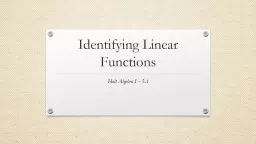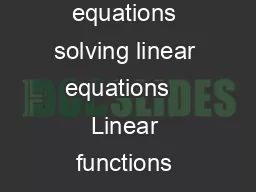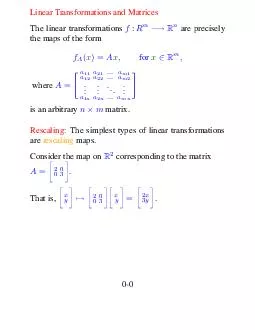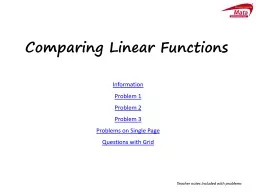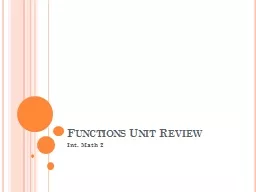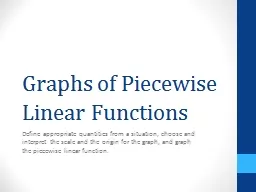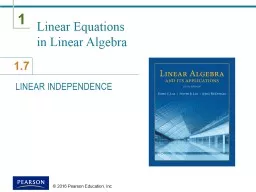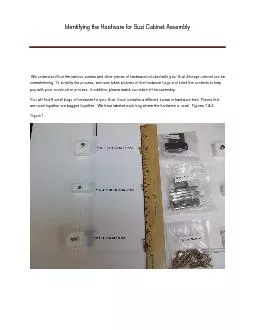PPT-Identifying Linear Functions
Author : pasty-toler | Published Date : 2016-08-05
Holt Algebra I 51 LT FLE1 Distinguish between situations that can be modeled with linear functions and with exponential functions WarmUp Wednesday 04 February
Presentation Embed Code
Download Presentation
Download Presentation The PPT/PDF document "Identifying Linear Functions" is the property of its rightful owner. Permission is granted to download and print the materials on this website for personal, non-commercial use only, and to display it on your personal computer provided you do not modify the materials and that you retain all copyright notices contained in the materials. By downloading content from our website, you accept the terms of this agreement.
Identifying Linear Functions: Transcript
Download Rules Of Document
"Identifying Linear Functions"The content belongs to its owner. You may download and print it for personal use, without modification, and keep all copyright notices. By downloading, you agree to these terms.
Related Documents

